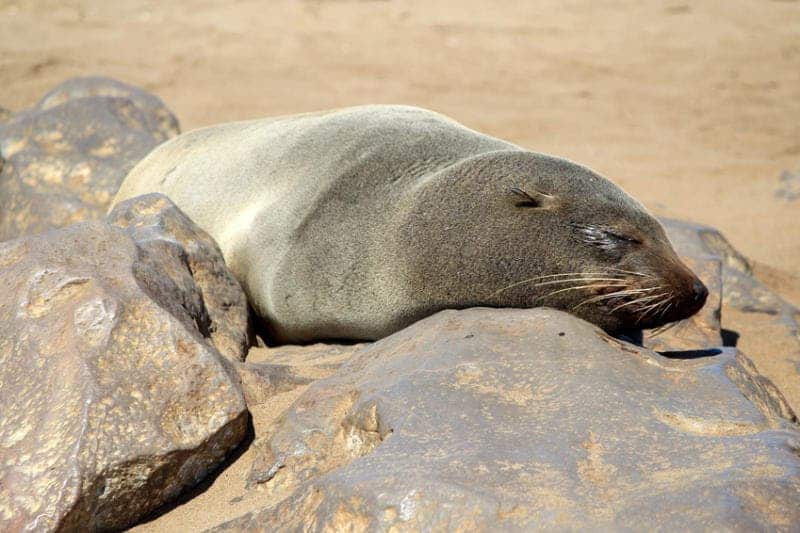A new study led by an international team of biolgoists has shown just some brain chemicals allow seals to sleep with only half of the brain.

“Seals do something biologically amazing — they sleep with half their brain at a time. The left side of their brain can sleep while the right side stays awake. Seals sleep this way while they’re in water, but they sleep like humans while on land. Our research may explain how this unique biological phenomenon happens” said Professor John Peever of the University of Toronto.
University of Toronto PhD student Jennifer Lapierre measured different chemical levels in the brain of seals as they slept, and found significant differences between the two sides. Most notably, she found that acetylcholine, an important chemical for sleep, was at low levels on the sleeping side of the brain but at high levels on the waking side. This seems to suggest that acetylcholine itself drives alertness.
The previous belief was that another chemical, serotonin is the chemical that causes brain arousal; but when they looked at serotonin levels, they found equal levels on both sides of the brain whether the seals were awake or asleep, challenging the traditional belief. Why and exactly how seals do this is still unclear, but even the discovery itself opens some interesting areas of research.
It’s estimated that 40% of all North Americans suffer from sleep problems and understanding which brain chemicals function to keep us awake or asleep would be a major advance which could help hundreds of millions sleep better.
If think the way seals sleep is awesome, wait until you hear about dolphins who can stay awake for 15 days straight. Much like seals, dolphins only sleep with half of their brains, however they always manage to stay alert by switching between the two sides regularly.
Research was published in the Journal of Neuroscience






